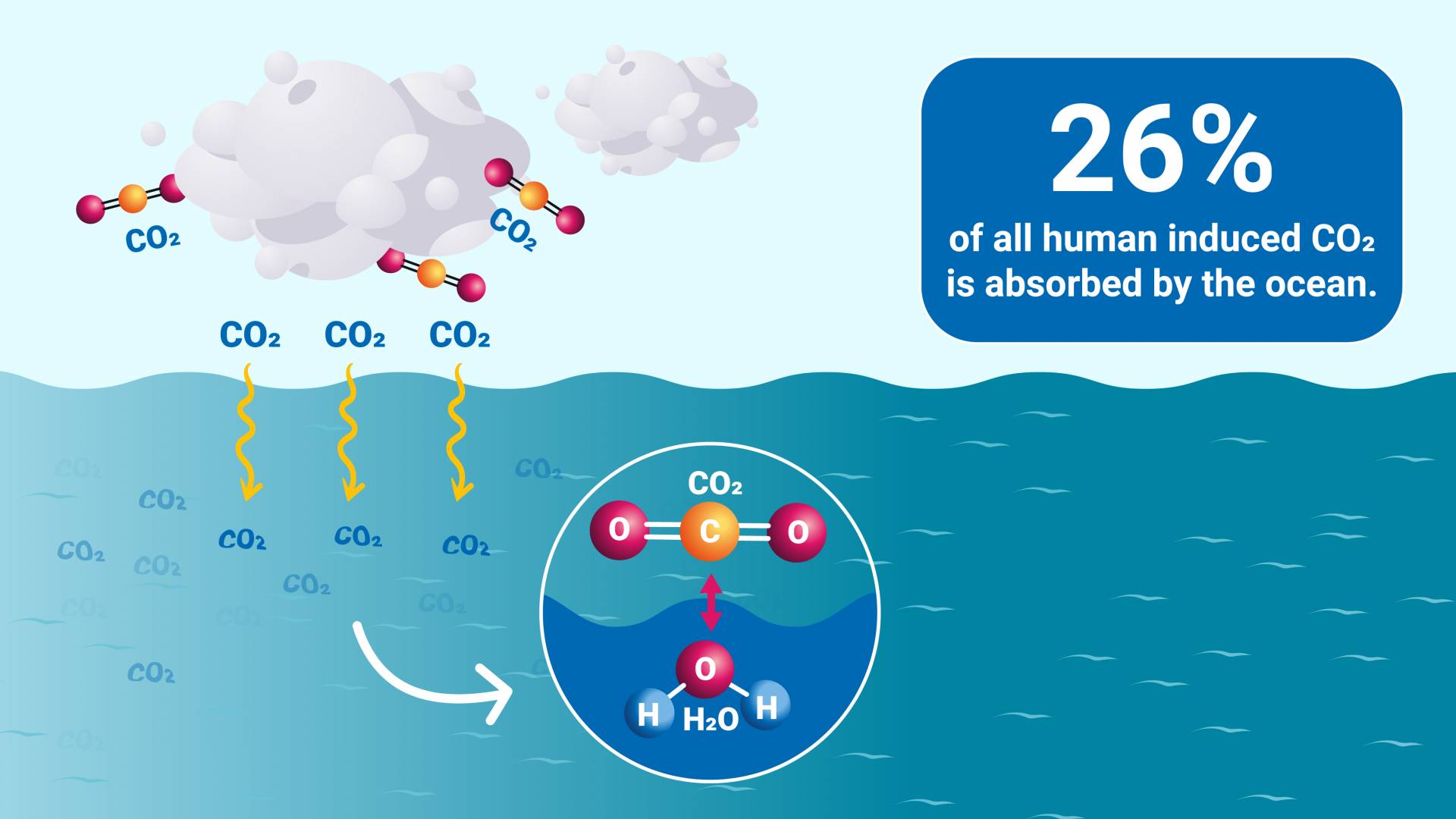Induced Food Quality Deterioration Constrains Biology Diagrams From the collapse of vital fisheries that feed billions to the disruption of entire marine food webs that support coastal livelihoods, ocean acidification represents one of the most urgent yet underappreciated challenges facing humanity. Another concerning trend is the potential increase in mercury bioavailability in marine food webs due to

Impacts on Marine Food Webs. Ocean acidification's effects ripple through marine food webs, creating a domino effect that impacts entire ecosystems. When smaller organisms like pteropods and other planktonic species struggle to survive in more acidic waters, the consequences cascade upward through the food chain. These tiny creatures serve as If ocean and coastal acidification disrupts organisms and food webs, Wild caught seafood is an example of an ecosystem service that supports a multi-billion dollar industry in the Uniited States. we can expect the ripple effects to result in major changes in ecosystems.

Ocean Acidification's Ripple Effect: How Marine Ecosystem Changes ... Biology Diagrams
Imagine a tapestry woven from shimmering sunlight, teeming with life from the tiniest plankton to the leviathans of the deep. This intricate web, the marine food chain, hums with constant movement as each thread supports another, nourishing and sustaining a vibrant symphony of existence. But one thread, once strong and resilient, is fraying. Ocean acidification, a silent yet potent force, is Author summary Healthy marine ecosystems are crucial for people's livelihoods and food production. Global climate stressors, such as warming and ocean acidification, can drastically impact the structure and function of marine food webs, diminishing the production of goods and services. Our ability to predict how future food webs will respond to a changing environment is limited by our Ocean acidification: Some food webs have a higher levels, with predators that eat animals from the level below. In these feeding relationships, the energy stored in prey flows to predators, up through trophic levels. This is known as a trophic flow. And because each organism may have multiple food choices, a food web is created, instead of

Impact on shell-forming organisms. Mollusks, crabs, and plankton struggle to form and maintain shells in acidic waters. Example: Pacific oyster hatcheries have seen high mortality rates linked to ocean acidification Disruption of marine food webs. Pteropods (sea butterflies) are tiny, shelled snails that are found in almost all oceans Marine animals interact in complex food webs that may be disrupted by ocean acidification due to losses in key species that will have trouble creating calcium carbonate shells in acidified waters. Some species of calcifying plankton that are threatened by ocean acidification form the base of marine food chains and are important sources of prey

The Impacts of Ocean Acidification on Marine Food Quality and Its ... Biology Diagrams
The ocean currently absorbs about 25% of human-generated CO2 emissions, acting as a crucial buffer against climate change. However, this vital service comes at a cost to marine ecosystems, as the resulting chemical changes ripple through entire food webs and marine communities. Microscopic image showing damaged coral skeleton due to acidification
+57.jpg)